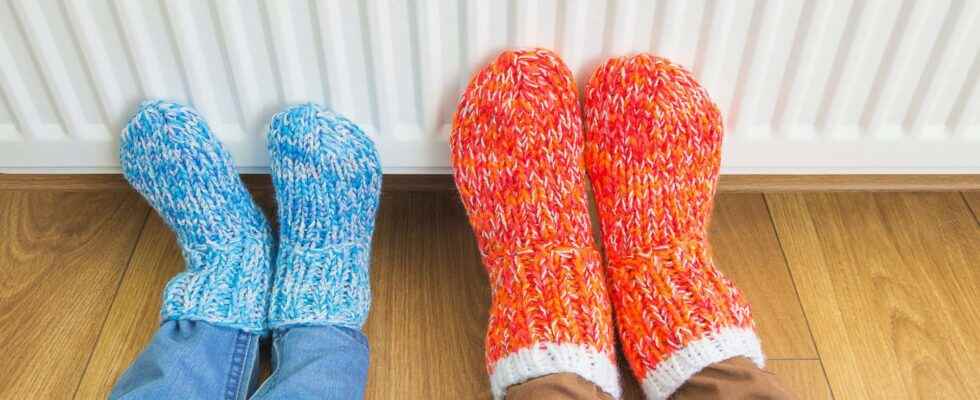Your feet are still frozen despite the three pairs of socks you put on? This inconvenience, which mainly affects women, has several explanations. The tracks and advice to remedy it.
You will also be interested
[EN VIDÉO] Platelets patrol the blood vessels Platelets (in red) travel through blood vessels and interact with Kupffer cells (in blue), which are the resident macrophages in the liver. In this way, they can detect the presence of infectious agents.
Like the hands, the feet are located at the extremities of the body, far from the heart pump which supplies the various organs. However, when it is cold, the body primarily directs the blood to the vital organs (heart and brain), partly neglecting peripheral organs. In addition, to keep a maximum of heat, the arteries those closest to the skin tighten, which is called vasoconstriction. In some people with poor circulation, this phenomenon occurs even when it is relatively hot. Other causes can be at the origin of cold feet:
- Raynaud’s syndrome (chronic disorder of the blood circulation);
- hypothyroidism (slowing down of metabolism);
- diabetes (nerve damage in the feet);
- hyperhydrosis (excessive sweating);
- peripheral artery disease (narrowing of the arteries by atherosclerosis or stenosis);
- smoking (poor oxygenation of the blood);
- excessive sedentary lifestyle.
Why do women have colder feet more?
Women suffer more from circulation problems. Raynaud’s syndrome, for example, affects twice as many women as men. On the other hand, they have proportionally less muscle mass. However, it is the muscles that produce the heat. The mass Fat protects the body well against the cold, but there is little of it on the feet.
Cold feet: how to fix it?
Outside :
- apply a cream anti-cold before going out ;
- wear warm socks that wick away perspiration (cotton, wool, Gore-Tex …);
- wear insulating soles (felt and aluminum);
- put on a cap: the head is a major source of heat loss;
- avoid sudden changes in temperature.
Inside :
- move the feet regularly to boost blood circulation: for example, rolling a tennis ball under the foot or walking on tiptoes;
- take a foot bath (maximum 36 ° C);
- drink a hot beverage ;
- put a hot water bottle on the feet (not too hot).
Interested in what you just read?
Subscribe to the newsletter The health question of the week : our answer to a question you ask yourself (more or less secretly). All our newsletters
.
fs7
